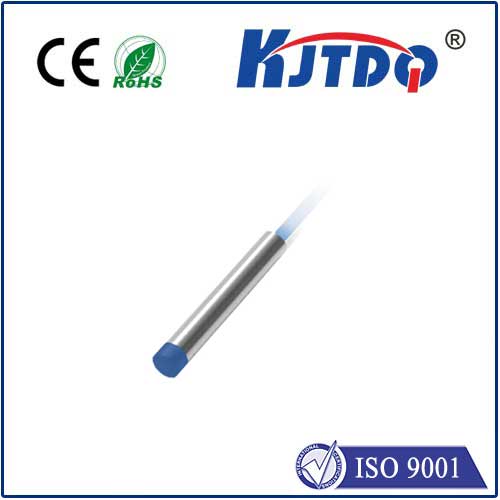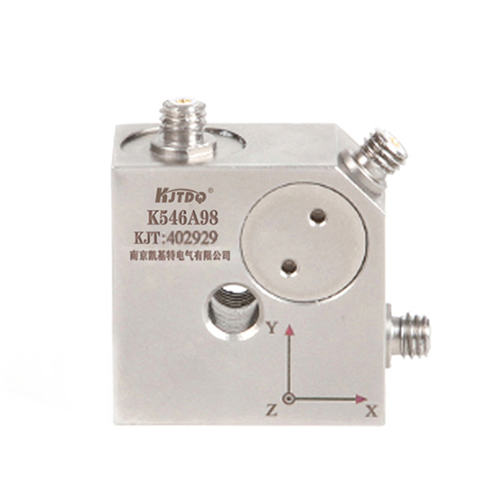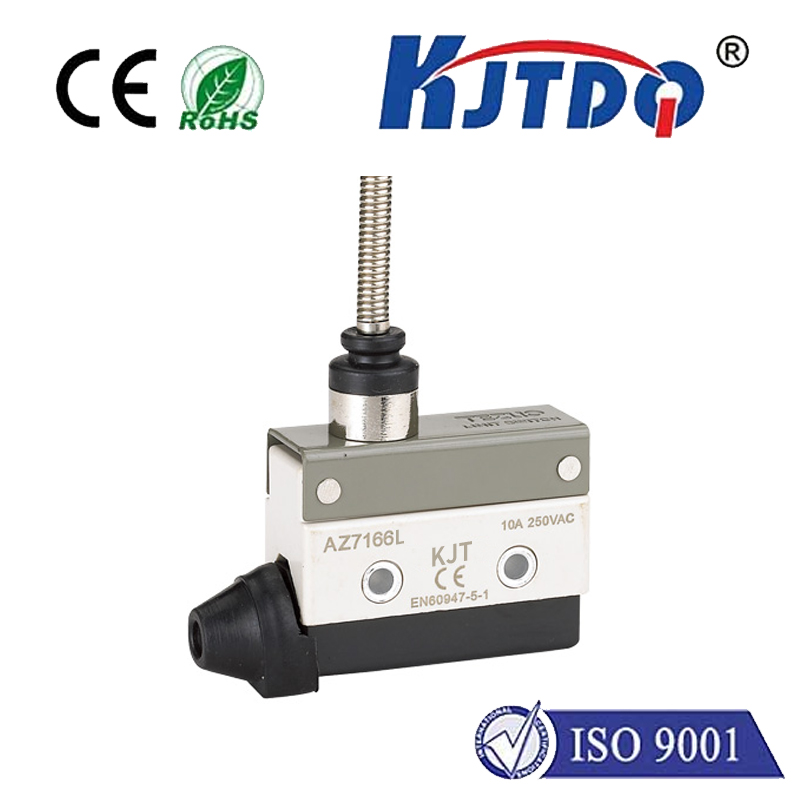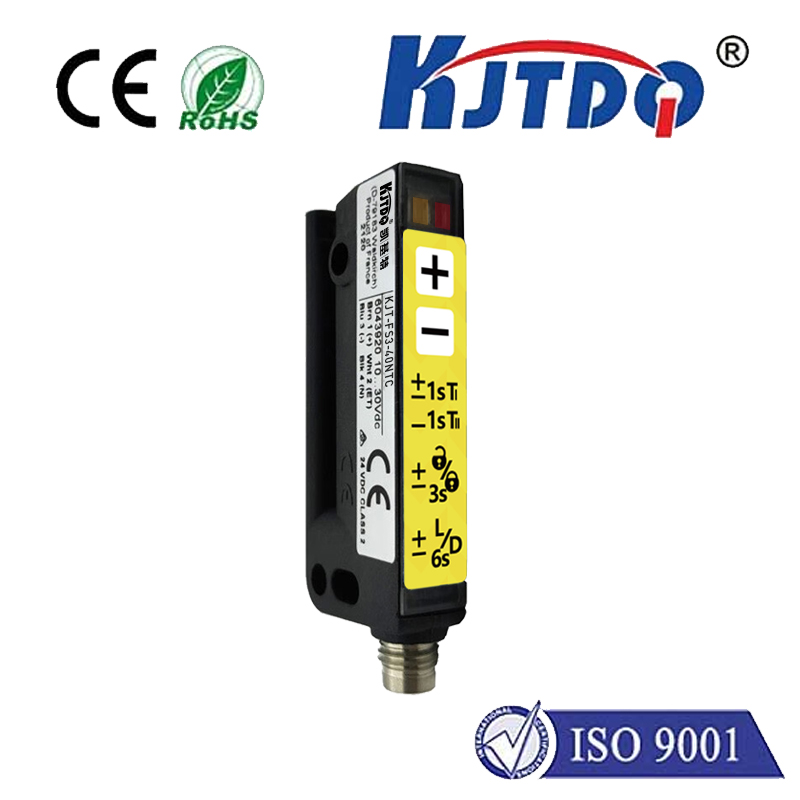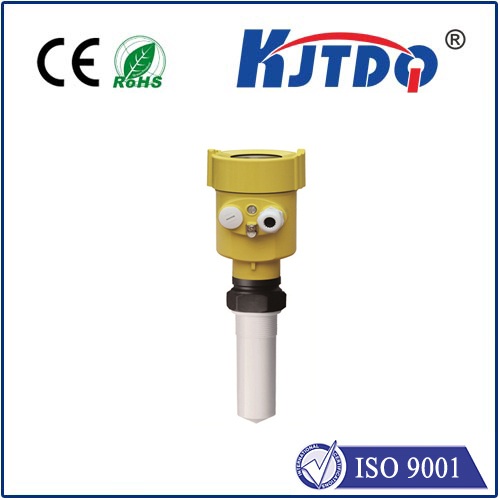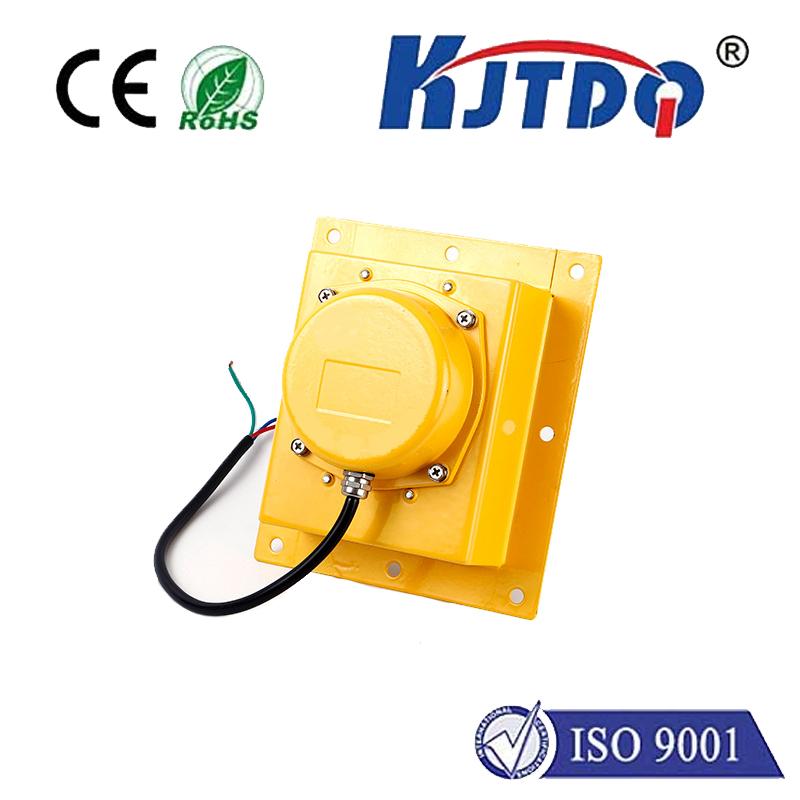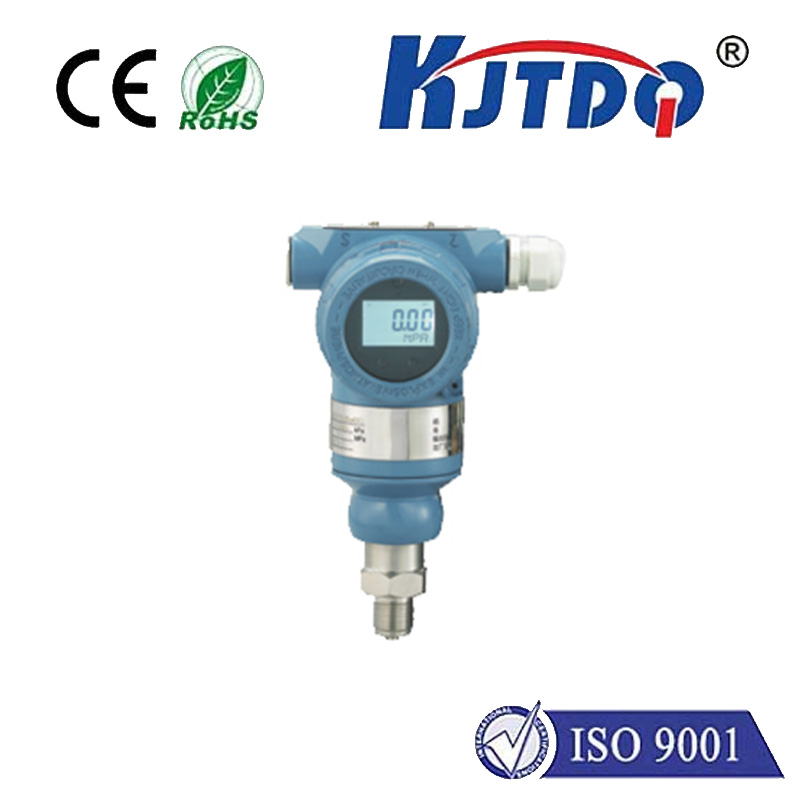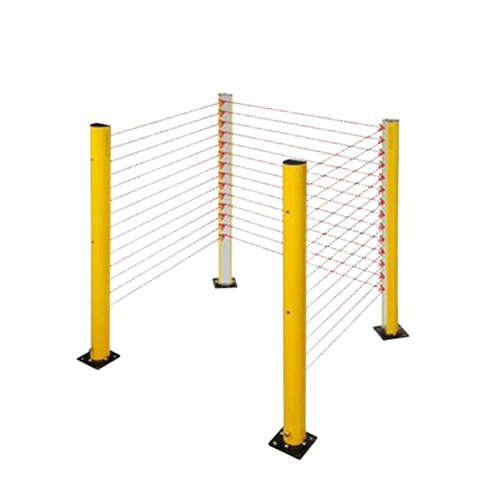

check

check

check

check

check

check

check

check

check

check
Industrial level sensors can be divided into two categories - point level measurement and continuous level measurement
1. Point liquid level measurement: capacitance, photoelectricity, conductivity, vibration, float switch
2. Continuous liquid level measurement: ultrasonic, radar
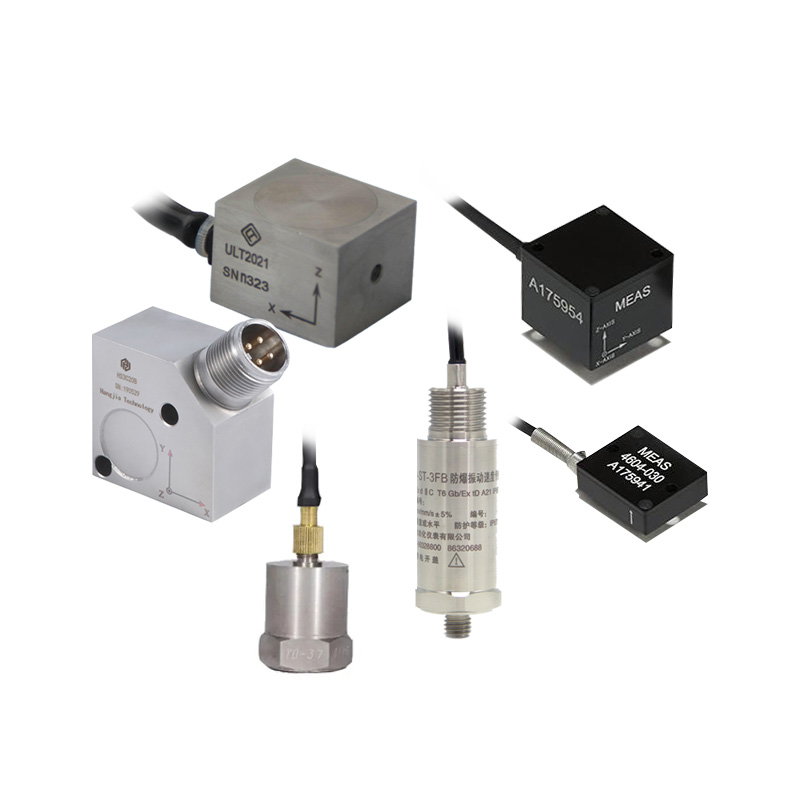
Vibration level sensor is one of the key equipment widely used in the field of industrial measurement. It determines the height of the liquid level by measuring vibrations in the liquid. The sensor takes advantage of the physical properties of the liquid and has the advantages of accuracy and reliability.
The working principle of a vibrating level sensor is very simple. When the sensor is mounted on a liquid container, it emits sound waves or mechanical vibrations and then receives the echoes. The sensor calculates the height of the liquid level based on the characteristics of the echo, including frequency, amplitude and phase difference. This technology is based on the relationship between the propagation speed of sound waves in liquids and the height of the liquid level, so it can achieve accurate liquid level measurement.
Advantages of vibration level sensor:
1. Can be adapted to various liquids, including corrosive liquids and high temperature liquids.
2. Can be applied to different types of containers, including storage tanks, tanks and pipelines.
3. This kind of sensor can also be used to measure liquid levels in different height ranges, and can work normally under complex working conditions.
In addition to being widely used in industrial fields, vibration level sensors are also used in some special fields. For example, in the petroleum and chemical industries, such sensors can monitor the flow and quality of liquids. In the beverage and food processing industries, it can be used to control the dosage and flow rate of liquids. In addition, vibration level sensors can also be used in the field of environmental protection to monitor groundwater levels and water quality.
